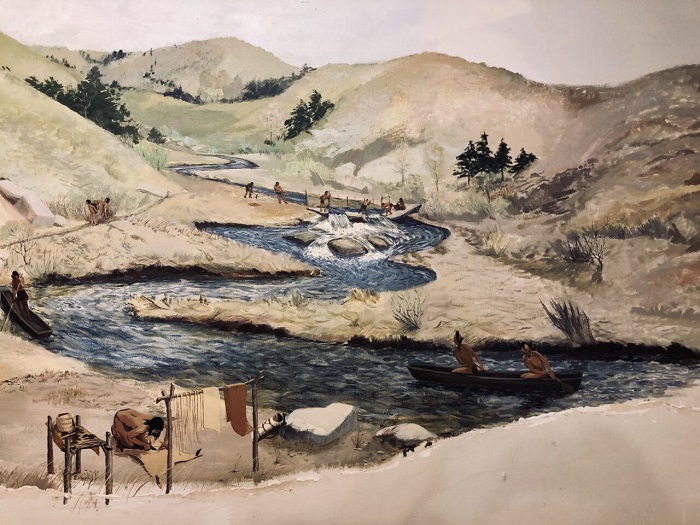SNOW PATCH ARCHAEOLOGY

BY DON DOUCETTE
The dusting of snow this morning reminds me of a recent TV program describing “snow patch archaeology” located within the southern Yukon.
The subject concerns areas of lingering snow patches during melt events and usually located at higher elevations – where snows in pockets have not previously fully melted, these snow pockets now melt entirely and expose cultural remains never before revealed for study. These artifacts lay on the ground surface exposed like gold in a pan.
Not to be confused with dynamic glacial activity where the ice and snow matrix is in motion.
What is importantly being found is in situ, the remains of hafted spears and darts with organic shafts including adornments and haft materials fully intact and recognizable which enables a deeper understanding of these ancient hunting tools and hunting techniques.
Study reveales that herds of caribou during warm periods are tormented by insects and as a result, sought these cooler lingering mini-snow patches for bodily comfort away from the swarms of troublesome bugs.
Through centuries of keen observation,the ancients built rock blinds to conceal at the edges of these snow patches and when the caribou lazed, these hunters rapidly raised and launched their deadly shafted projectiles.
In our local prehistoric hunting sites, excavations usually reveal stone, bone or metal projectile points with shafts and hafting elements usually long deteriorated by acidic soils.
And so, our melting snow patches supply trickles of water feeding great watersheds; while valuable and rare cultural remains are revealed and remain behind for preservation and study.
